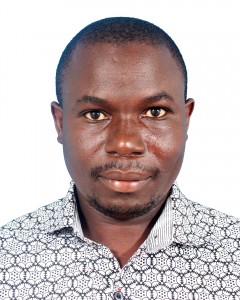Now published, see the full article 
Early Abstract:
Introduction: There is increasing evidence that improving patient trust in doctors can improve patients’ use of healthcare services, compliance and continuing engagement with care—particularly for chronic diseases. Consequently, much of the current literature on trust in therapeutic relationships focuses on factors shaping doctors’ trustworthiness. However, few studies on this issue have been conducted among rural populations in low-income Africa (LIA), where health service delivery, cultural norms and patient expectations differ from those in high-income countries.
Objective: This study examined patients’ perspectives of factors that shape doctors’ trustworthiness in rural Tanzania in the context of hypertension care.
Methods: A qualitative inquiry using in-depth interviews was conducted between 2015 and 2016 in two characteristically rural districts of Tanzania. Data were analysed thematically.
Results: The accounts of 34 patients from a Western-based care setting were examined. There was broad consensus about factors shaping doctors’ trustworthiness along the care trajectory (before, during and after a therapeutic encounter). Two major themes emerged: doctors’ interpersonal behaviours and doctors’ technical competence. Good interpersonal behaviour and technical skills in healthcare settings were factors that constructed a positive reputation in the community and shaped patients’ initial trust before a physical encounter. Doctors’ interpersonal behaviours that portrayed good customer care, understanding and sympathy shaped trustworthiness during a physical encounter. Finally, doctors’ technical competence shaped trustworthiness during and after an encounter. Participants used these factors to differentiate a trustworthy (good) doctor from an untrustworthy (bad) doctor.
Conclusion: Good interpersonal behaviours and good technical skills are important in shaping patients’ judgement of doctors’ trustworthiness in rural Tanzania. The present findings provide useful insights for designing interventions to improve patient trust in doctors to address challenges associated with non-communicable diseases in rural LIA.


